Velo vs. injury: Is there a better way for pitchers?
"Some pitchers will put all that they have on each ball. This is foolish for two reasons. In the first place, it exhausts the man physically, and when the pinch comes (high-leverage moments), he has not the strength to last it out. But second and most important, it shows the batter everything he has which is senseless. A man should always hold something in reserve, a surprise to spring when things get tight." - Christy Mathewson from his 1912 book "Pitching in a Pinch: Baseball from the Inside."
PHOENIX - This spring doesn't mark an outlier in terms of Tommy John occurrences; it's always this bad for pitchers in recent years.
Thirty-seven percent of active major-league pitchers have had Tommy John surgery, and that doesn't include a variety of other arm- and shoulder-related ailments. While the percentage is in part a testament to the advancement of surgical procedures and rehab programs, the alarming figure speaks to the increased stress on pitchers.
Since 2015, when Statcast came online and slow-motion cameras and velocity-building programs were adopted, velocity and spin rate became prized as their impact on performance was better understood. The downside, the risk of chasing them, is injury.
One usual suspect cited in recent years with regard to injuries is the amount of maximum-effort throwing pitchers do to reach higher velocities. Is it possible to know whether there's a max-effort throwing trend and whether it's leading to injuries?
Thanks to FanGraphs data, theScore examined the minimum, maximum, and median four-seam fastball velocities for every pitcher dating back to 2007.
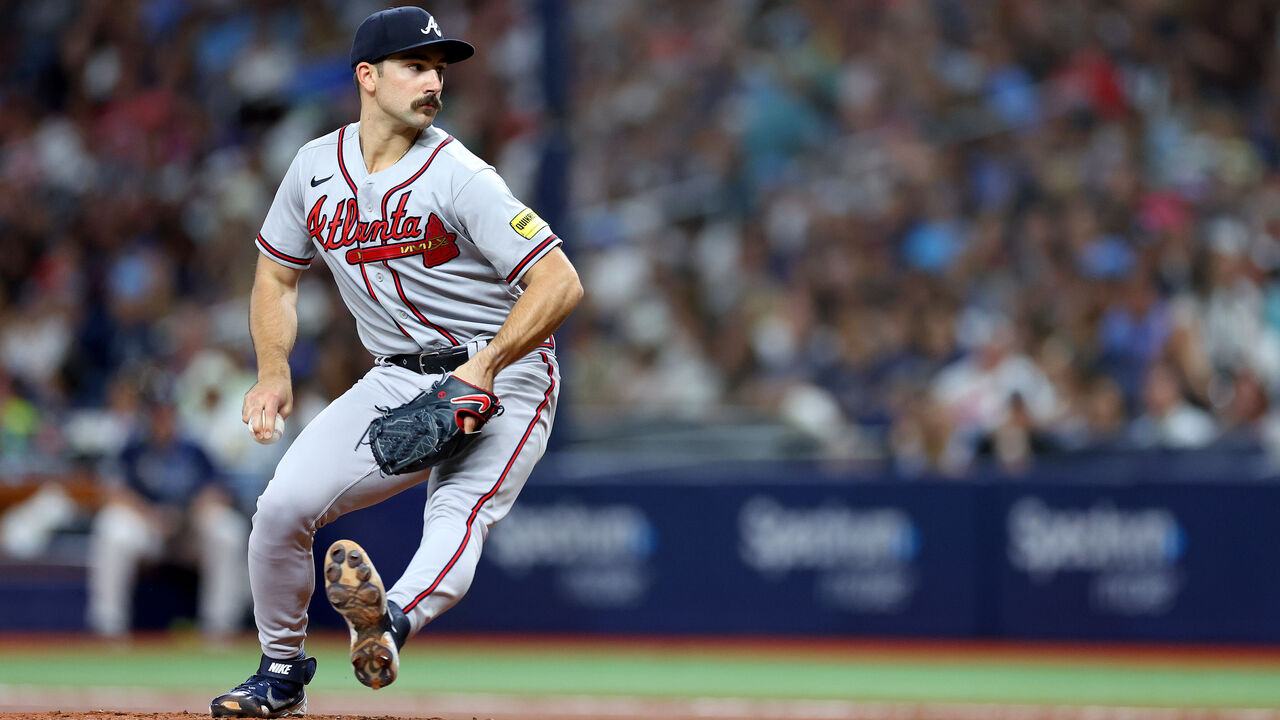
What we found: The gap between a pitcher's maximum four-seam fastball velocity and his median is shrinking. Pitchers appear to be going all out more often and leaving a smaller variance in their range of pitch speeds.
In 2007, there was a difference of 4.4 mph between the MLB median max fastball velocity and the median. The gap has shrunk by over 40% to 2.5 mph, where it is today.
The minimum median fastball velocity has generally increased at a rate of about 0.30 mph per season while the maximum has improved by about 0.13 mph per year.
In 2007, the median minimum fastball was 85.6 mph. Half of MLB pitchers threw their slowest fastball below that mark, half above. The median minimum fastball velocity in the majors broke 90 mph for the first time in 2020, and is sitting at a record 91.5 mph early this season.
Brian Bannister is someone in baseball thinking a lot about the trend.
"We as an industry have pushed velocity in every form, whether it's throwing less pitches, or whether training specifically for it," the Chicago White Sox senior pitching advisor said. "There is no long-distance training, it's all sprints, maximum-force production. And it's likely been at the expense of players' long-term health, the duration of players' careers, players' ability to throw lots of innings in a season.
"(Late this spring) someone posted the top-10 ERA leaders from last season - there is one healthy and pitching right now from that list (Logan Webb), which blew my mind."

Justin Verlander sounded the alarm on max-effort throwing last week while speaking to reporters after a minor-league rehab start. He made his first start of the season for the Astros on Friday after recovering from an injury to his throwing shoulder.
"I think the biggest thing is the style of pitching has changed so much," Verlander said. "Everyone is throwing as hard as they possibly can, spinning the ball as hard as they can. It's hard to deny those results but it's a double-edged sword.
"Something needs to change."
It's not just relievers maxing out in shorter stints; starting pitchers are, too. In fact, adjusting for only starters, the velocity compression is even more pronounced.
Consider Verlander. He owned elite velocity coming out of Old Dominion University as the second pick in the 2004 draft. He sustained that velocity into his 40s. But what's changed is how he pitches.
Early in his career, he saved some of his best fastballs for later in his starts. But the difference between his maximum fastball velocity and his minimum tightened over time. Age would have taken some starch out of his maximum velocity, but his minimum was more than 2 mph faster in 2023 than it was in 2007. In 2020, when his velocity band narrowed, he suffered his first elbow injury and needed Tommy John surgery at age 37.
Mathewson's century-old point was still relevant a few years ago. Greg Maddux had a 14.5-mph gap between his slowest (79.5 mph) and fastest (94 mph) four-seamers in 2007.
There were 69 pitchers who had a 10-plus mph gap between their max and minimum velocities in 2007. There were only 16 last year. The style is becoming less common. Fewer pitchers will, in the old parlance, "take something off" their fastball.
Pitchers known to have undergone Tommy John surgery threw harder than the league average in the season they were injured and pitched nearer their max velocity more often.
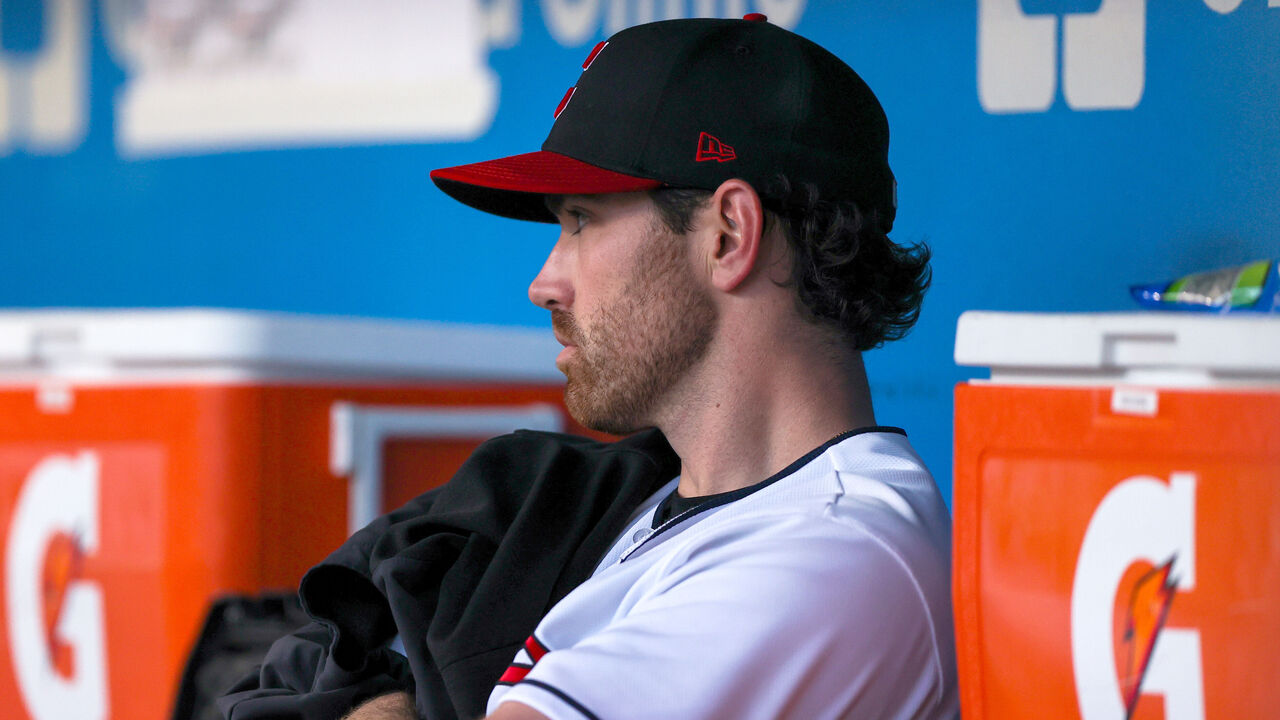
In those Tommy John cases, pitchers threw 0.32 mph harder than the MLB season median in the year they were hurt, and the gap between their max and median velocities was 0.14 mph more compressed than the league average.
Throwing harder offers risk and reward, and those rewards lead to incentives that are awfully difficult to change.
Pitchers chasing velocity are acting rationally. While max-effort throwing is one variable linked to injury, it's also tied to first-round signing bonuses and millions in pro contracts. More velocity equals weaker production from opposing batters.
Dodgers starting pitcher Tyler Glasnow had Tommy John surgery in 2021. He also signed a five-year, $136-million contract with Los Angeles this past winter.
"The times I didn't go after velocity, I didn't go after all that stuff, I had a 7.7 ERA," Glasnow said on the Chris Rose Podcast of his 2017 season with the Pirates. "I think the decision of throwing hard and getting hurt is going to win every single time. And the only negative side is you can't contribute to your team, and then you're out for a year.
"Everyone is going to take (the) throw-hard, get-hurt, make-money (approach). It's just logically the choice everyone's going to make."
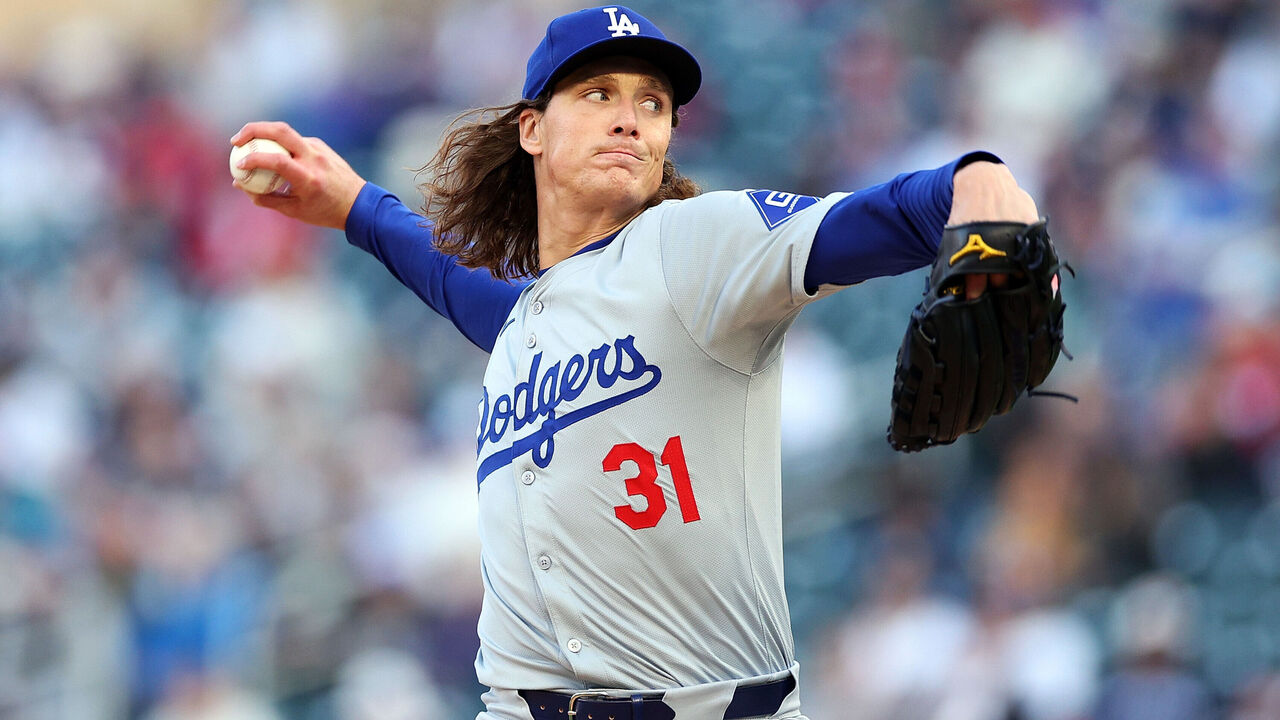
There may be no putting the toothpaste back in the tube on this matter, but Bannister is among those wondering if there's a better way.
"Yes, (velocity) does increase pitch quality because it's a vital component of what makes a pitch good," he said. "But I'm kind of fascinated by: What are the alternatives?"
Bannister was one of the first former major leaguers who entered coaching and embraced data and modern training. He wished such information and technology was around when he pitched.
As a coach, Bannister helped revitalize Rich Hill's career with the Red Sox by having him lean on his curveball as a primary pitch, going against conventional wisdom of establishing his fastball.

With the Giants, Bannister helped Webb become an innings-eating ace through a makeover of how and what he threw.
Bannister's now with the White Sox, where he's working some early magic with arms like Garrett Crochet and Michael Kopech.
While Bannister believes in focusing on what's best for individual pitchers and their unique movement patterns, he's worried about the pitcher at the macro level, and the starter in particular.
"I'm personally a fan of the complete game, and the longer outings by a starter," Bannister said. "Yes, we all know the third time through the order, most guys tend to go down in production. But it's kinda like this protagonist who is trying to battle and get through the lineup as much as possible. I enjoy that from a fan's perspective. So seeing Webb lead the league in innings last year, in a different style of pitching than the max-velo style that we've been employing as an industry for the last couple of years - I get a thrill out of that.
"One of the aha moments as I walked in here (to join the White Sox) is, 'How do we find that blend between pitch quality and durability for the industry?'
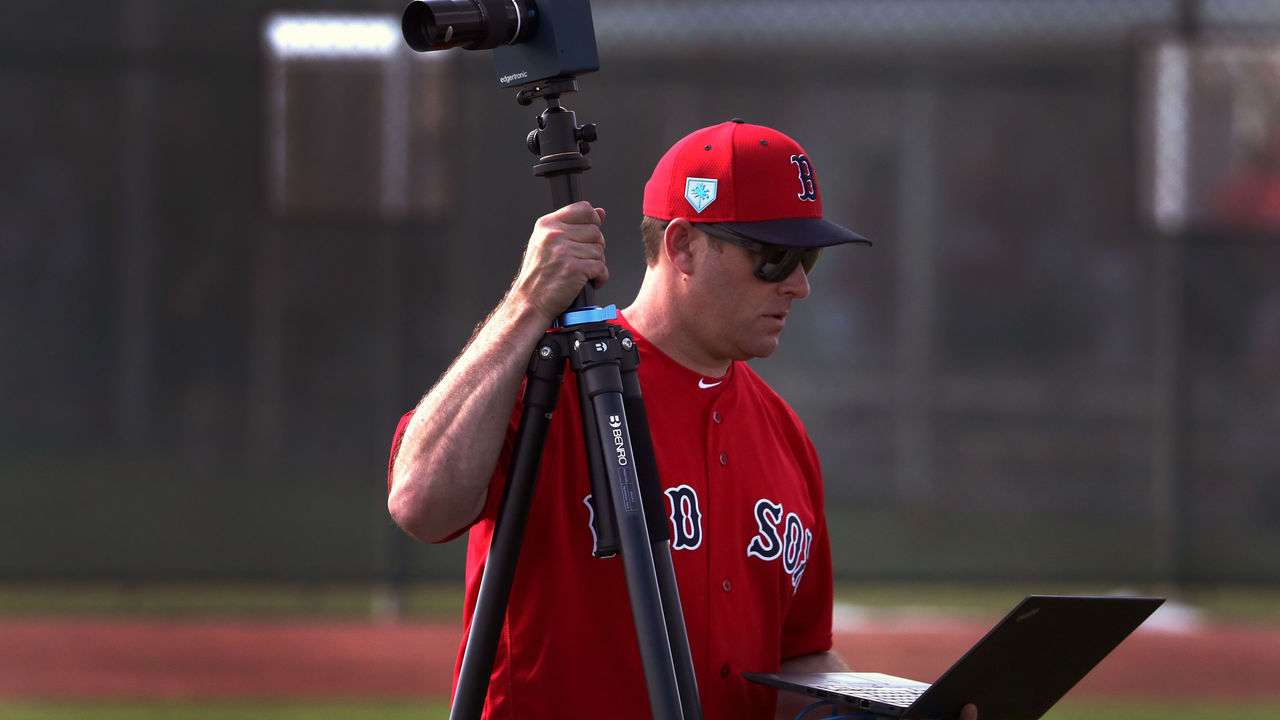
"It's really with deception, late movement, how pitches play off each other," he said. "It's not for everyone, not everyone can pitch in that style, but there's almost a renaissance in it."
Shortly after Christmas in 2019, Webb got a phone call from Bannister, who the Giants had hired as vice president of pitching development.
Prior to Bannister's arrival, the Giants were working with Webb on throwing his four-seam fastball up in the zone and throwing a slider and cutter off of it - common pitch pairings in the Statcast era. He had Tommy John surgery in 2016. In his 2019 rookie season, he posted a 5.22 ERA.
After about a minute of small talk, Bannister got to the point: He wanted Webb to change everything he was doing.
Webb was taken aback.
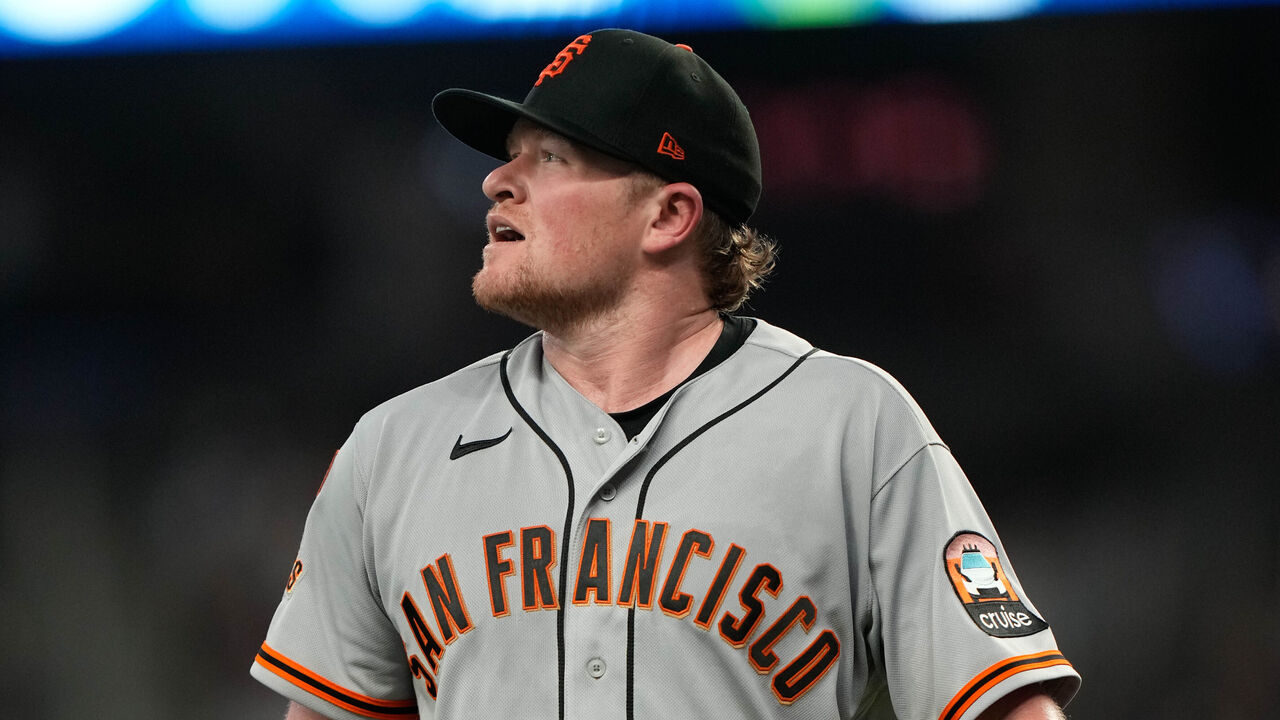
"He called me and told me I was (going to drop) my arm slot and I was going to throw like Corey Kluber and Chris Sale. I was like, 'I don't know what you are talking about, man. I've never had anyone tell me that,'" Webb recalled. "It took me a year and a half to really, truly believe in that. I struggled with it."
The first year of the experiment was another year of struggle for Webb. He only partially dropped his arm angle to where it is today.
"Banny was always there telling me, 'Don't worry, it's going to click,'" Webb said.
In 2021, Webb dropped his arm slot by half a foot and mostly shelved his four-seamer in exchange for a sinker. Bannister and pitching coach Andrew Bailey told Webb that he was to throw with only a two-seam grip, even in long toss and catch with teammates.
The results were eye-opening. Everything he threw darted in or away from batters.
He reduced his ERA by 2.4 runs, the sixth-greatest improvement in the majors that year, and the growth proved to be sustainable. Since 2021, he ranks 12th in ERA (3.10) and sixth in innings. He's one of nine pitchers to average 180 innings or more in that period.
"He was training for velocity. He was hitting 97 at one point in Double-A when he had Tommy John (surgery)," Bannister said. "It was about being willing to sacrifice a little velocity for having later, better movement."
Since 2022, Webb's horizontal approach angle (HAA), or late break, on his slider (3.3 degrees) is above the MLB average (1.6 degrees). That's true of his sweeper (4.3 degrees to 2.2), too, according to Alex Chamberlain's Pitch Leaderboards site.
Late break isn't a new concept, but there are new ways to measure it, and new technology to teach it. "I think old-school pitching coaches have always been in on HAA," Bannister said.
Logan Webb's sinker and change-up have both landed on our list of outlier pitches from the 2022 season due to their use of seam-shifted wake.💨
— Tread Athletics (@TreadHQ) December 30, 2022
With a one-hour deviation of axis due to SSW on both pitches, he's able to induce negative vertical break on each. 🤯 pic.twitter.com/RU5I79ujfH
Technology can help pitchers learn to harness new pitch types and master the physics of ball flight.
It all helped Webb transform himself. Can others follow?
Some are skeptical. Ben Brewster is a former minor-league pitcher and co-founder of Tread Athletics, an independent performance center based in Charlotte. Tread works with around 400 professional pitchers on programs that include velocity development.
Injuries derailed Brewster's career. He sympathizes with any pitcher dealing with such setbacks. But he doesn't see the game reverting back to being pitched at a lower intensity.
"I think it comes down to the competition is so good, the hitters are so good now," Brewster said. "Verlander said it best in his interview: He had to change his style of pitching four, five years ago because hitters became too good. He wasn't good enough to cruise 92-93 (mph) anymore because that's a well below-average fastball.
"Even if the answer (to avoiding injuries) was to go back to cruising like Maddux or John Smoltz or how Verlander used to pitch, I don't think that's going to happen because of the incentive structures. Teams are incentivized to win. They have the stats showing how relevant velocity is, whiff rates, wOBA (versus velocity). Players are trying not to lose their jobs, to land their next contracts. Are they going to take a pitch off, an inning off from maximizing their chances of having a good outing? I don't see the incentives lining up there.
"What I do see is learning more about how fatigue exactly affects (injury). We know it is a big risk factor, but (we need to learn) exactly where those thresholds are, where the risk spikes up disproportionately."
Brewster says if a pitcher is talented enough to pitch at less than 100% effort, it's ideal in reducing fatigue.
"When you can kind of cruise just below max effort, (and) this is anecdotal, but the next day's soreness, the amount of fatigue induced, seems to be a lot lower," he said.
The problem is: How many pitchers are talented enough to throw at less than max effort?
To save the starting pitcher - at least as we know it - Bannister shares some other ideas, too.
As pitchers have created tighter velocity margins, they've become a bit more like pitching machines. It's easier for batters to time their swings.
Bannister suspects more variability and greater ranges of velocity and spin could help.
"There are a lot of things pitching machines don't replicate well. One of them is variability," Bannister said. "Some pitchers throw pitches with tons of random movement. Sometimes a cutter will cut one time and back up the next time. Those are actually very valuable characteristics because that is randomness, and you cannot predict randomness. If a pitcher has that, we don't want to take it away, we want to leverage that."
Webb, for instance, doesn't know exactly how his sinker or changeup will move on any given pitch.
"The way I throw, there could be a month where I'm not throwing the baseball the right way," Webb said. "But I might be able to get away with it because, no matter what I do, the ball is still going to move."
Webb learned that what can help variance is a particular field of physics: fluid dynamics.
During the 2022 season, Bannister explained to Webb how a number of his pitches were benefiting from new research on how a baseball's seams interacted with the air around it, a phenomenon known as seam-shifted wake. It was allowing him even more movement than expected - and it could vary pitch to pitch. It seemed like magic.
"There might be a month where my velocity might be down, but my seam-shift is catching the right way, and I'm getting more outs," Webb said.
There are other tricks Bannister thinks pitchers could lean on, too.
"Two things that I think are kind of a lost art right now: one is the willingness to throw in your fourth pitch more, like early in the count," Bannister said. "You see some of the best power pitchers of all time just dump in a slow curveball first pitch. I think that's become a lost art with such a focus on velo. And just being willing to get creative early in the count, and comfortable enough in your arsenal to not throw your best pitch at all times."
In some ways, variability harkens back to what Mathewson wrote more than a century ago.
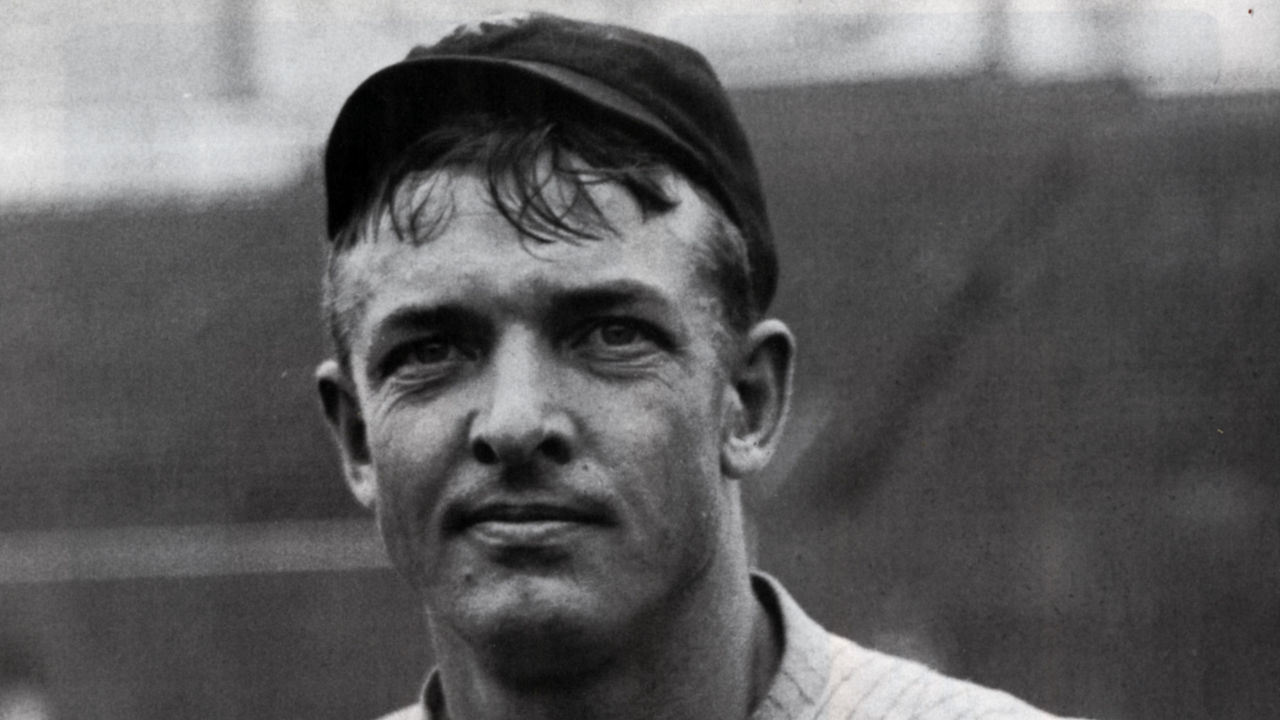
Perhaps there are timeless lessons that, combined with new pitch-design tech and training, can strike a better balance between pitch quality and durability.
Maybe the max-velocity trend can be slowed, durability improved, and the role of the game's center-stage protagonists, its starting pitchers, can be revitalized.
Travis Sawchik is theScore's senior baseball writer.